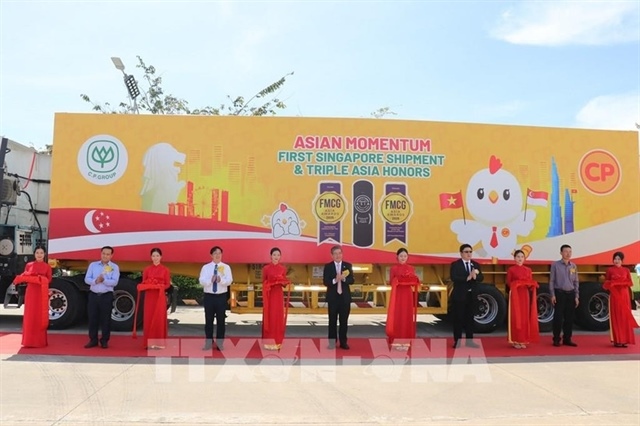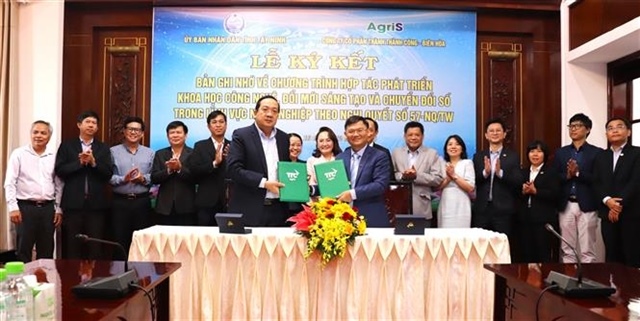Vietnam needs to learn from ‘Make in India’ policies?
Vietnam needs to learn from ‘Make in India’ policies?
With Apple’s recent decision to produce iPhones in India, and with its rumoured plans in Vietnam seeing no news/mention at all, Vietnam may have to reconsider its business environment and incentives for investors in electronics manufacturing if it wants to compete with India.

Apple’s strategic move is considered a big success of the government’s “Make in India” policy.
Specifically, Apple is going to start assembling iPhones in India by the end of April. The company is going to cooperate with Wistron from Taiwan, instead of Foxconn. At the moment, Wistron already has a plant in Bangalore, the “capitol” of technology in the Karnataka state of India.
Apple chose India in spite of new president Donald Trump’s threat against companies that bring jobs outside of the US. Last year, 2.5 million iPhones were sold in India, the highest ever in this country. The Indian market is expected to buy 750 million smartphones in 2020, and is one of the fastest growing markets in the world. Apple seems reluctant to miss out on this highly potential market.
Apple has put forward a list of incentives that it would like to receive from the Indian government, including a 15-year tax exemption for the parts and equipment that it imports into the country. It is not yet known whether the Indian government agreed to this, however, Apple’s plan sin India are at least more concrete than those in Vietnam.
Last year, there were ample rumours about a possible $1-billion data centre being built in Vietnam to serve the Asian market. Apple visited many localities, including Hanoi, Ho Chi Minh City, and Danang, to search for an ideal location. However, there have been little to no information of this project since.
There was also a rumour that Compal, one of the partners of Apple, would produce iPhones in its $500-million facility in Vinh Phuc. However, a source of VIR said that there has yet to be any move from Compal attempting to restart the project, though the company has repeatedly announced that the plant is going to start operation in 2016.
“The old factory, which produced laptops, is still closed. They have not done anything,” said the source, a leader of the northern province of Vinh Phuc.
Given these above happenings, one wonders whether Apple still wants to do anything in Vietnam.
The “Make in India” initiative was started in September 2014, with the aim to attract FDI to turn India into a global manufacturing hub. “Make in India” includes a comprehensive and unprecedented overhaul of out-dated processes and policies.
Along with other initiatives, such as “Skill India” and “Digital India”, the country has climbed the ranks into the global top 10 in FDI attraction in the financial year 2013-2014, with $34 billion, up 22 per cent on-year. The number rose to $44.2 billion in 2014-2015, then to $55.4 billion in the 2015-2016 financial year, the highest ever for India.
Professor Nguyen Mai, chairman of the Vietnam Association of Foreign-Invested Enterprises, said that India has an advantage in labour-intensive fields because the price of labour is half of Vietnam’s. Meanwhile, IT labour is abundant compared to Vietnam. He said that if Vietnam wants to compete with India in terms of FDI, it will have to watch India closely.
In the first months of 2017, Vietnam issued investment certificates to multiple big projects, such as the $284.75-million Vietnam-Singapore Industrial Park 3 in Binh Duong, the $220-million tire cord project of Kolon Industries Inc. in Binh Duong, and Heineken’s $185 million expansion of its Vung Tau facility. There is no big electronics production projects in sight, however.


















